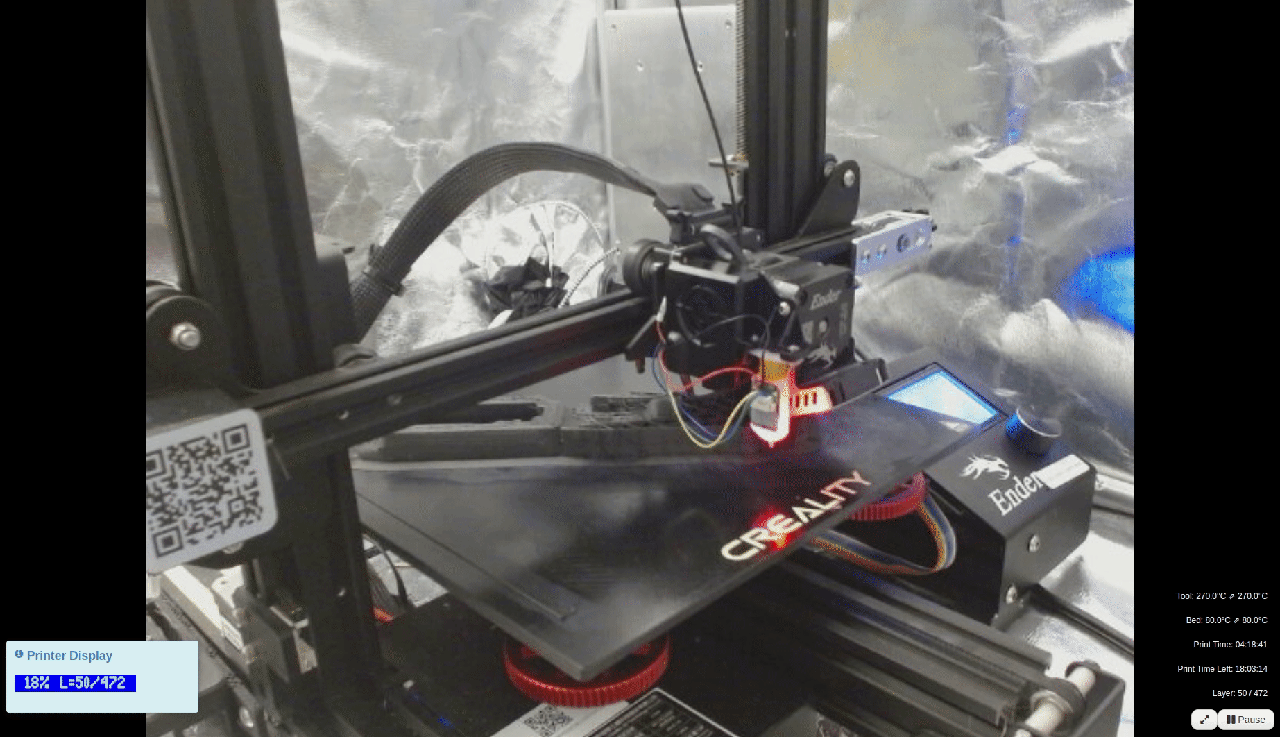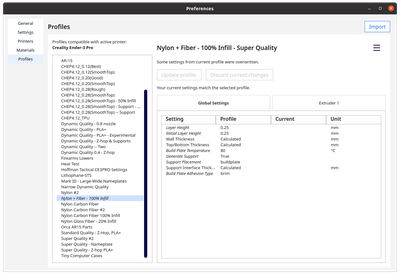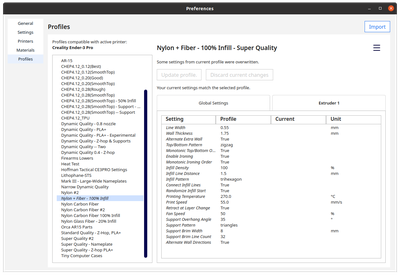Intro
What even is carbon fiber? Carbon fiber is a lightweight and extremely strong material that is widely used in a variety of industries due to its exceptional properties. It was invented in the mid-20th century by a British scientist named Roger Bacon, who discovered that carbon fibers could be produced by heating rayon fibers at high temperatures in the absence of oxygen. The resulting carbon fibers were found to be much stronger and more durable than other materials at the time.
 Carbon fiber is made by weaving together thin strands of carbon atoms, which are then impregnated with a resin or polymer to create a composite material. The process of creating carbon fiber typically involves several steps, including spinning, stabilization, carbonization, and finishing. In the spinning stage, precursor fibers are created by heating a polymer or other material until it becomes a liquid, which is then extruded through small holes to create long, thin filaments. These filaments are then woven together and placed in an oven to be stabilized, which involves heating the fibers to a high temperature to remove any residual moisture and strengthen them. The stabilized fibers are then carbonized, which involves heating them to an even higher temperature in the absence of oxygen to convert them into pure carbon. Finally, the carbon fibers are coated with a resin or other material to give them additional strength and durability.
Carbon fiber is made by weaving together thin strands of carbon atoms, which are then impregnated with a resin or polymer to create a composite material. The process of creating carbon fiber typically involves several steps, including spinning, stabilization, carbonization, and finishing. In the spinning stage, precursor fibers are created by heating a polymer or other material until it becomes a liquid, which is then extruded through small holes to create long, thin filaments. These filaments are then woven together and placed in an oven to be stabilized, which involves heating the fibers to a high temperature to remove any residual moisture and strengthen them. The stabilized fibers are then carbonized, which involves heating them to an even higher temperature in the absence of oxygen to convert them into pure carbon. Finally, the carbon fibers are coated with a resin or other material to give them additional strength and durability.
The last sentence of the paragraph, "Finally, the carbon fibers are coated with a resin or other material to give them additional strength and durability.", is where we will pick up on the story. To make nylon filament with embedded carbon fiber, and make it useful in a fused filament fabrication (e.g. 3D printing) application, the carbon fibers cannot be stringy strands, they have to be chopped. These chopped fibers are then mixed with nylon - either Nylon 6 or Nylon 12 (each have their merits and properties) - to produce a usable and useful filament.
What's Needed
Now with the introduction out of the way, let's get into what you will need to successfully print with nylon + carbon fiber filament.
I am using what started out as a Creality Ender 3 Pro but, since purchasing it, I have thrown a whole lot of upgrades at it. If you are not wanting to drop the amount of money into your Ender, there is three upgrades needed for printing Nylon + carbon fiber (this also applies to all fiber embedded nylon filaments).
First, you will need to have an all metal hotend. Micro-Swiss makes a drop-in all metal hotend that, as of this writing, is about $65. If you have a little more money to spend, I would recommend Creality Sprite Extruder Pro Upgrade. For $45 more, you can get a direct drive all metal hotend that can survive high temperatures. I like the Creality Sprite extruder because the shortness between the drive gears and the top of the hotend.
Second, you will need update the Marlin Firmware on your Ender. Previously, I wrote a post on what modifications I have made to the firmware that is running on my Ender 3 Pros.
Third, you will need a tougher nozzle. I use a 6mm ruby tipped nozzle. I use a 6mm nozzle because I am concerned with fibers getting jammed up in the nozzle if the extrusion hole is too narrow. I have read other articles on people who have successfully printed with a 4mm nozzle; if you are feeling subjectively adventurous, try out a 4mm nozzle and report back with a comment on this article.
For around $90, you can get the necessary upgrades to successfully print with fibrous nylon on your Ender. My personal preference is for a few other upgrades that make printing in general easier. I would highly recommend getting a BL Touch or CR Touch for auto-leveling; and a second Z-axis drive - it just makes printing a lot more stable.
On the slicer front, I use UltiMaker's Cura. There are a number of settings I changed:
PK ! T��c9 9 . creality_ender3pro_nylon_+_fiber_-_100%_infill[general] version = 4 name = Nylon + Fiber - 100% Infill definition = creality_base [metadata] type = quality_changes quality_type = super setting_version = 21 [values] adhesion_type = brim layer_height = 0.25 layer_height_0 = 0.25 material_bed_temperature = 80 support_enable = True support_type = buildplate PK ! �z^*� � 7 creality_base_extruder_0_#2_nylon_+_fiber_-_100%_infill[general] version = 4 name = Nylon + Fiber - 100% Infill definition = creality_base [metadata] type = quality_changes quality_type = super intent_category = default position = 0 setting_version = 21 [values] alternate_extra_perimeter = True cool_fan_speed = 50 infill_line_distance = 1.5 infill_pattern = trihexagon infill_randomize_start_location = True infill_sparse_density = 100 ironing_enabled = True ironing_monotonic = True line_width = 0.55 material_alternate_walls = True material_print_temperature = 270.0 retract_at_layer_change = True skin_monotonic = True speed_print = 55.0 support_angle = 35 support_brim_line_count = 32 support_brim_width = 8 support_pattern = triangles top_bottom_pattern = zigzag wall_thickness = 1.75 zig_zaggify_infill = True PK ! T��c9 9 . � creality_ender3pro_nylon_+_fiber_-_100%_infillPK ! �z^*� � 7 �� creality_base_extruder_0_#2_nylon_+_fiber_-_100%_infillPK � �
You can also download the configuration export file.
Things to note...
- Layer height should be no less than 0.22mm
- Reduce the fan speed to help with prevention of warping
- To provide (in theory) better layer adhesion, reduce the line width slightly
- And of course, make sure to up your hotend temperature and bed temperature. I have the hotend at 270° and the bed temperature at 80°.
Final Thoughts
I am using nylon + carbon fiber filament from Amazon. I would also recommend 3DXTech's nylon + carbon fiber filament.
As for what will print well and what will not: sharp details are not going to be created, printing small models (something smaller than a 3DBenchy) is not going to turn out well, using Octolapse will result into somewhat stringier results, use a very clean bed with a fill layer of glue stick applied, and, of course, have a very level bed.
Post a comment if you have tried printing nylon + carbon fiber on an Ender printer.

